
The Asics mantra has always been to “bring harmony to the body and soul” of their customers, and they’ve certainly stayed true to their words as the Japanese manufacturer continue to be the leading sports performance brand on the market.
For Asics, they have always been focused on pushing themselves ahead of their competitors in their bid of claiming a bigger slice of the footwear market and providing authentic and comfortable shoes.
Since founder Kihachiro Onitsuka first started making basketball shoes in 1949, Asics have come a long way and are now not only one of the most famous names globally but considered among the best running brands. The company already find themselves in a strong position in, not just the UAE, but worldwide.
With that now in place in certain countries, as well as the high volume of sales and the fine detail to research made by scientists in Kobe, Japan, it’s easy to see why their footwear still remains their biggest seller with 346,080 million Japanese Yen ($311m) in net sales in 2014.
But in order to understand their consistency and success in recent times, we visited the ASICS Institute of Sport Science in Kobe, some 200 miles west of Tokyo, to see the ground-breaking work being carried out to produce the best sportswear in the world.
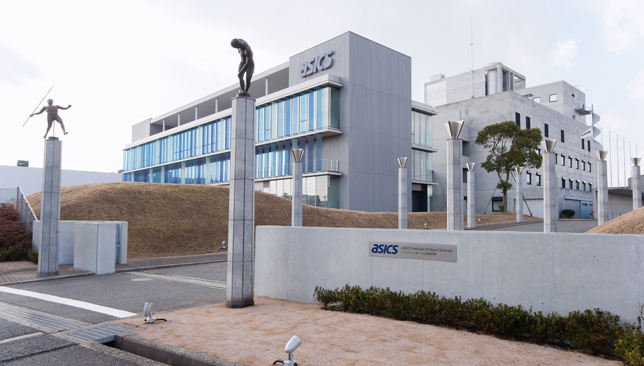
Founded in 1990, the institution is where scientists, athletes and coaches work together to help design and develop sports shoes and apparel that aid and improve performance.
The institute covers more than 45,000 square feet of research facilities with over 200 people employed to enable professional and recreational athletes worldwide can perform better and reach a higher level.
The cutting edge work being carried out can be seen from the moment one walks into the research area of the institute, where athletes are brought straight into the bio-mechanics lab for human movement tests.
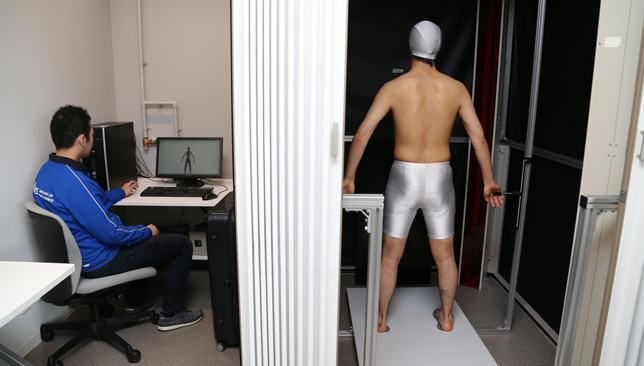
Scientists can examine data from runners to build a picture of the human body and how they run, measuring durability and stability. It is here – at this initial stage of the testing process – that they can set specific criteria for the shoes, providing exact specifications for product design.
Next, there is the body scanner where scientists can capture measurements, which can help the apparel design team to optimise for durability, performance and how various products can be improved.
From a mechanical aspect, runners are then put through the Running Ability Test to measure endurance by testing respiratory metabolism and blood lactic acid concentration. It can be analysed through a connection on an Ipad which allows scientists to determine a runner’s movement and the point at which he or she may be impacted by fatigue.

Upon completion of the ability test, the motion capture technology positioned in the centre of the room provides scientists with data on human movement and force. Using a range of instruments, they can run a series of research tests to evaluate a runner’s function, including cushioning, flexibility, stability, grip, fit and durability.
The right balance of these functions directly affects the runners experience and performance of the shoe, so it’s important each of these are studied closely and considered to full effect before the data is put through to the next phase.
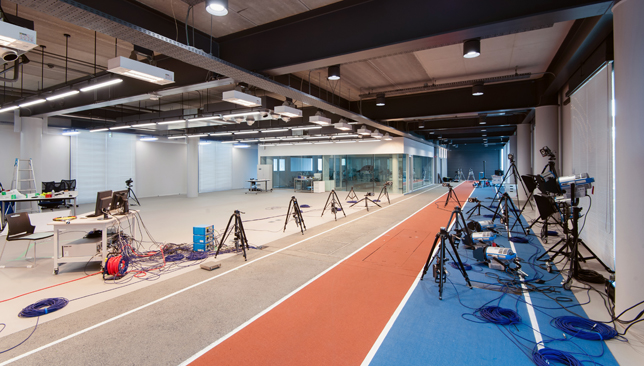
But the hard work doesn’t stop here. With the data gathered, pre and post running tests are done to measure when muscles are tired, an important factor in knowing how well the shoe supports an athlete when the body is under stress.
On the rooftop of the institute, there are different types of force plates embedded on the surface to measure pressure – from flat stone, bumpy stone and astroturf with 5, 10 and 20 degree slopes.
Scientists are then able to establish better results as athletes start to become fatigued during this testing phase while accurate readings are created to show how the shoes perform on various surfaces.
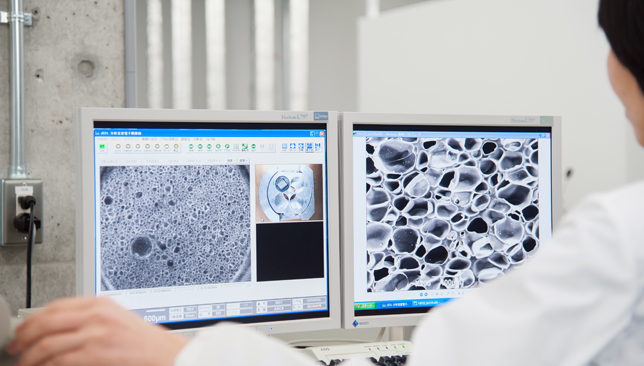
After the series of tests, the team has all of their information from the various movements during the gait-cycling; such as toe-off, landing, moving and static foot.
It is at this point that all data is gathered to start building a prototype.
Exact specifications are stored to produce a rough structural design, with minor tweaks always happening along the way.
The soles of the shoe are developed from scratch in Kobe – using raw rubber and a mix of chemicals to mold conditions and develop abrasion resistance, grip and weight.
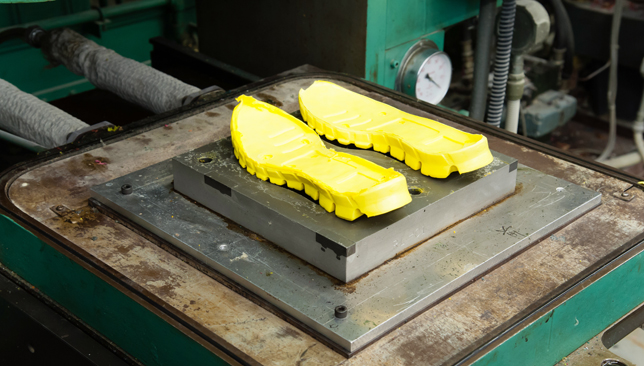
“In normal midsoles, if you try to make it light, the strength and durability will decrease,” says Junichiro Tateishi, footwear material development team manager.
“That is the problem we had to solve. Because researchers were able to put nanofibers in between the air bubbles, it keeps the foam light but with no reduction to the strength or durability. It allows longer runs.”
“During the research and development process, we were inspired by the materials in a bouncy ball.”
As each staged is passed, tests are continuously done to detect hazardous materials – something that enables Asics to further improve their development process.
Once this is complete, scientists can move to the material testing lab where they apply tests to every detail of the shoe.
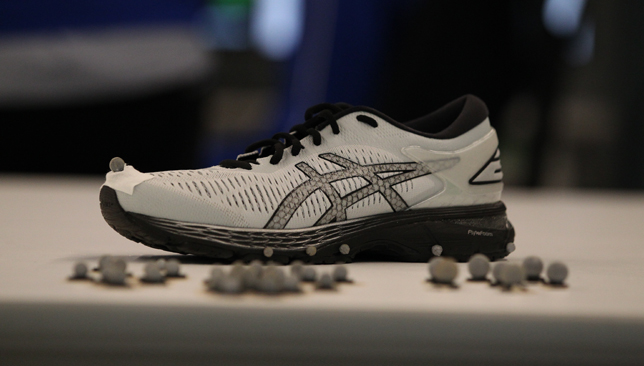
Small details from textile strength, tear strength, resistance, flexibility and breathability are also reviewed to confirm any further adjustments before the materials can pass the original standard of the competition.
One of the final tests is the climate lab, where materials in the apparel and footwear are put through a series of dramatic temperatures ranging from 30-80 degrees Celsius. This is to ensure the product is adaptive to a full spectrum of climates and environments – and to ensure the products can perform their best under any condition.
It goes without saying that the facilities and work being carried out is second to none, and this will have a significantly positive impact on the company for years to come.
With the new Gel Kayano-25 release on May 22, Asics are bringing footwork in the market to a whole different level.